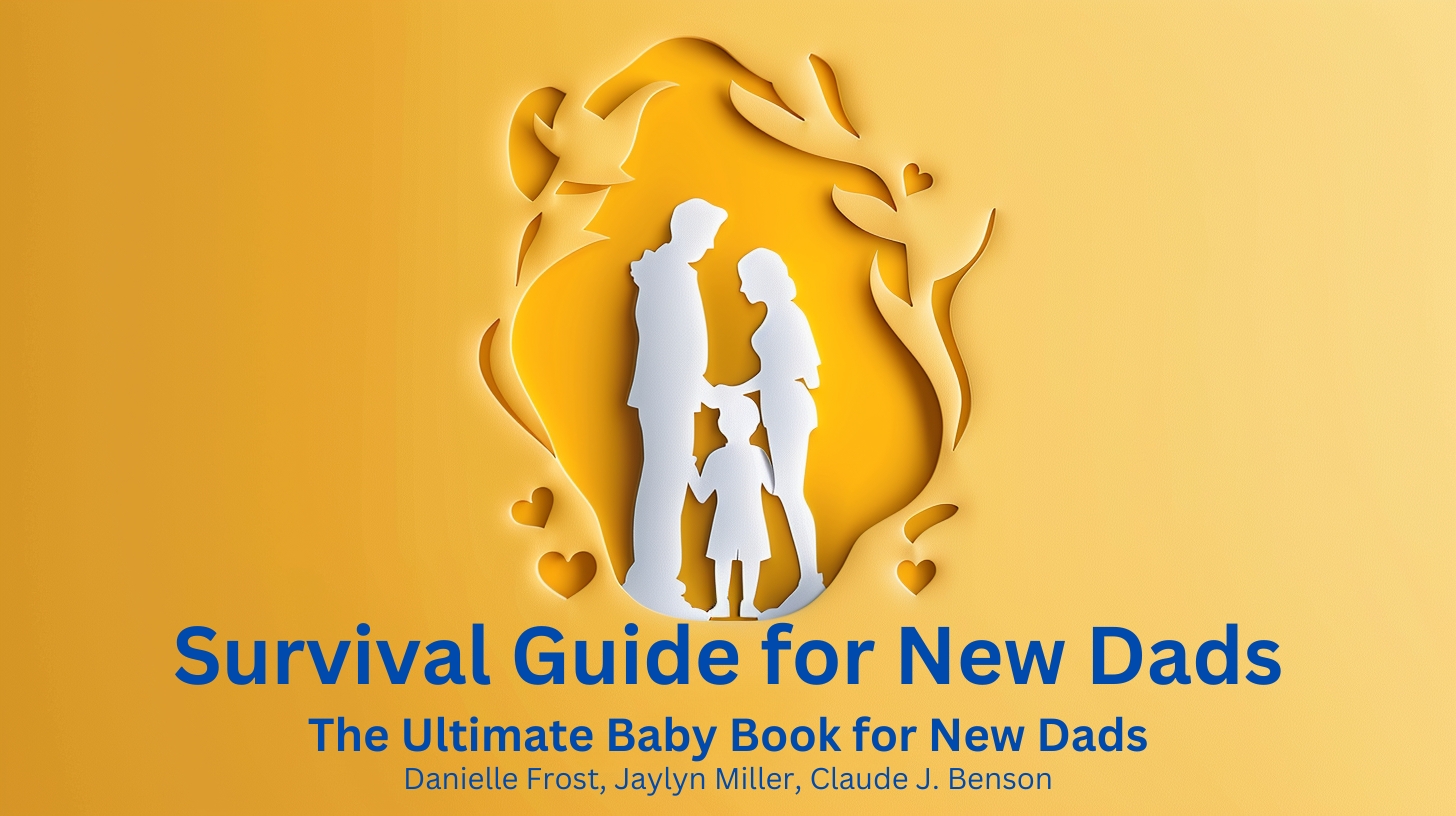To heal your inner child through self-compassion, start by gently recognizing and accepting your emotional triggers, understanding they often stem from unresolved childhood wounds. Approach these feelings with curiosity and kindness, rather than judgment, offering yourself patience and understanding. Reframing automatic reactions and nurturing yourself with compassionate words allows you to reset old patterns. This ongoing act of self-love gradually rewires your responses, fostering inner peace—if you explore further, you’ll uncover more ways to nurture your inner child effectively.
Key Takeaways
- Practice self-compassion by treating your inner child with kindness, patience, and understanding during emotional triggers.
- Recognize and validate childhood wounds, approaching them with gentle awareness rather than self-criticism.
- Use compassionate self-talk and affirmations to reframe negative thoughts rooted in past experiences.
- Observe emotional reactions with curiosity, detaching from automatic responses and fostering inner healing.
- Consistently nurture your inner child to rewire responses, rebuild trust, and cultivate inner peace over time.

Many of us carry unresolved wounds from childhood that silently influence our adult lives. These wounds often manifest as emotional triggers—those sudden, intense reactions that seem to come out of nowhere. When you experience feelings like anger, sadness, or anxiety, they may be rooted in childhood memories you haven’t fully processed. Recognizing that these emotional responses are linked to past experiences is an essential step toward healing your inner child. Instead of dismissing or suppressing these reactions, try to approach them with curiosity and compassion. When you’re triggered, pause and ask yourself what childhood memory might be surfacing. Perhaps a comment from a parent or a moment of neglect has resurfaced in your mind, influencing how you feel in the present.
Understanding that these emotional triggers stem from childhood memories allows you to see your reactions in a new light. You might realize that your tendency to overreact in certain situations isn’t about the current event but about a deeper, unresolved wound. This awareness helps you detach from the automatic emotional response and creates space for healing. The goal isn’t to blame your caregivers or dwell on the past but to acknowledge these memories with kindness. Self-compassion becomes your most powerful tool here. Instead of criticizing yourself for feeling overwhelmed or insecure, treat yourself as you would a dear friend—with patience and understanding. Remind yourself that your feelings are valid and rooted in genuine experiences, even if they no longer serve you.
Practicing self-compassion involves gentle self-talk, affirmations, and giving yourself permission to feel without judgment. When a childhood memory surfaces, instead of pushing it away, invite it in with compassion. Say something like, “It’s okay to feel this way. I’m here for you.” This process helps soothe the emotional triggers and gradually rewires your response patterns. Incorporating consistent maintenance of your emotional health can further support your healing journey by reinforcing positive response patterns. Over time, you’ll notice that these childhood memories lose some of their power, and your reactions become more balanced. By nurturing your inner child with patience, kindness, and understanding, you reclaim control over your emotional landscape. Healing isn’t about erasing the past but about rewriting how you relate to it, turning painful memories into sources of strength and compassion. Through this ongoing practice, you slowly rebuild trust within yourself and foster a deeper sense of inner peace.
Frequently Asked Questions
How Long Does Inner Child Healing Typically Take?
Healing your inner child’s timeline varies, but typically it takes several months to a few years. You shouldn’t rush the process, as everyone’s healing journey is unique. Timing expectations differ based on your experiences and commitment. Focus on steady progress rather than a specific healing timeline. With patience and self-compassion, you’ll gradually uncover and heal old wounds, transforming your emotional well-being over time.
Can Self-Compassion Fully Resolve Childhood Trauma?
Self-compassion alone can’t fully resolve childhood trauma, as it has limitations. While it helps you nurture your inner child and process emotional wounds, deep-seated trauma often requires additional approaches like therapy or support. You should see self-compassion as a crucial part of your healing journey, but not the sole solution. Combining it with other healing methods gives you the best chance for all-encompassing childhood trauma resolution.
Are There Specific Exercises for Different Age Groups?
Yes, there are specific exercises tailored to different age groups. For young children, age-appropriate activities like drawing or storytelling help reconnect with childhood milestones. Teenagers benefit from journaling or mindfulness to process emotions. Adults might practice self-compassionate affirmations or guided imagery. These exercises suit each developmental stage, making healing more effective by addressing the unique needs of each age, fostering a gentle, supportive inner dialogue.
How to Handle Resistance to Confronting Painful Memories?
Imagine your mind as a guarded castle, with emotional triggers acting as watchful sentinels. When resistance surfaces during memory recall, gently acknowledge these guards without forcing entry. Take slow, deep breaths, and visualize a soothing light dissolving the barriers. By approaching painful memories with patience and self-compassion, you soften the defenses, allowing healing to gradually unfold and transforming emotional triggers into bridges of understanding.
Is Professional Therapy Necessary for Inner Child Work?
Professional therapy isn’t always necessary for inner child work, but it can be highly beneficial. Therapist guidance provides personalized support, helping you navigate complex emotions safely. Support groups also offer community and understanding, which can complement your healing journey. If you’re unsure or facing deep-seated trauma, consulting a mental health professional guarantees you’re on the right path and supported every step of the way.
Conclusion
By embracing self-compassion, you plant seeds of healing deep within your heart. Remember, healing your inner child is like tending a fragile garden—you must nurture it gently, even when the weeds of pain try to take over. With patience and kindness, you can transform past wounds into a foundation of strength. Trust that, with each act of self-love, you’re paving a brighter path toward wholeness, restoring the light that has always been within you.







